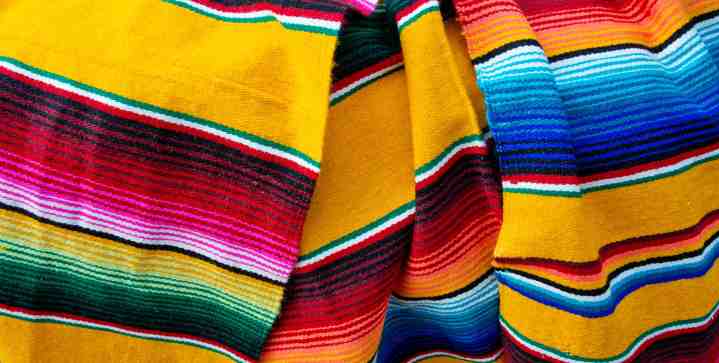“If You Copy Our Craftsmanship, We Lose Work”: How Brands Like Carolina Herrera Are Hurting Artisans

Photo by ivanastar / iStock / Getty Images Plus
When Carolina Herrera released its Resort 2020 collection, the Mexican government had something to say. The clothes – inspired by Latin America – used patterns belonging to several Indigenous groups in Mexico, including the communities in the Tehuantepec isthmus and the Tenango de Doria. Since then, we’ve heard plenty of opinions, but not many have come from the Indigenous communities whose work is often co-opted. Recently, Verne spoke to a few Indigenous artisans about their thoughts. And, much like other creatives, they believe that while exposure is cool, money is necessary.
After images of the collection circulated online, Alejandra Frausto, secretaria de cultura, sent a letter to Herrera and Gordon demanding an explanation. In response, Gordon denied that the use of fabrics was cultural appropriation.
“There’s an undeniable Mexican presence in the collection,” Gordon said in a statement. “It’s something that jumps out at you, and I always intended it to be something latent as a way of showing my love for this country and for all the incredible work I’ve seen there.”
But the problem is that while the fashion brand is using these textiles, they’re not doing anything for the community. There’s a history of labels using these textiles, without giving back to the Indigenous groups to whom these fabrics aren’t merely a fashion statement, but something full of history. For someone like Rosita López, who’s Zapoteca, these patterns have meaning and that they deserved to be paid for them.

“It’s good that people know our bordados,” she told Verne. “But it’s better that they pay us for them.” Looking at Carolina Herrera’s designs, she said that would take them six to eight months to complete. Typically, artisans are not paid well for their labor-intensive work. Many tend to haggle with them, and because these artisans cannot afford to hold out for higher prices, they end up being underpaid.
Faustina José Modesto, who is part of the San Nicolás community in Tenango de Doria, said that artisans live paycheck to paycheck. “If you copy our craftsmanship, we lose work,” she told Verne. “Many men in our communities have had to migrate to the United States because we don’t have a fixed salary.”